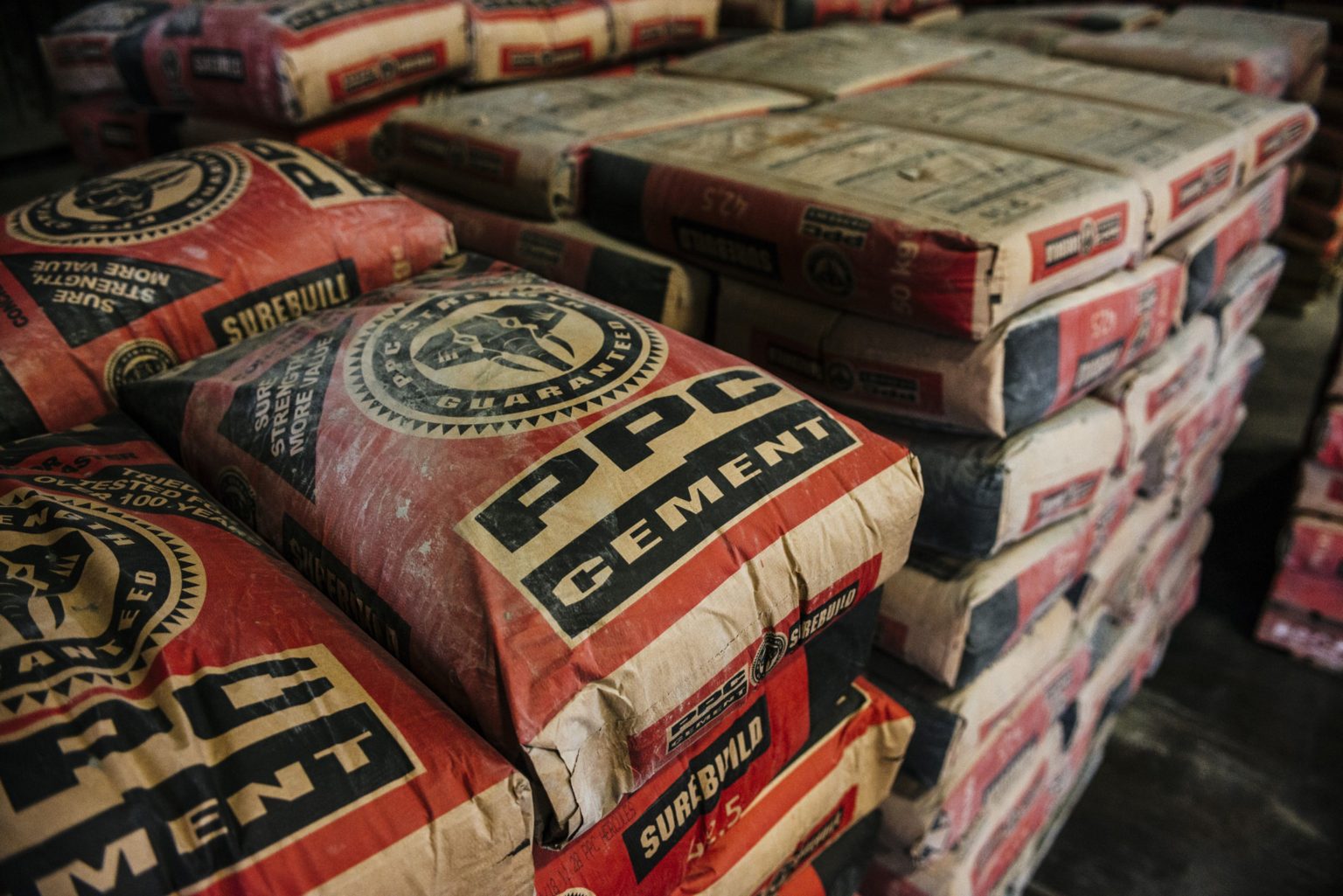PPC sets 2050 net zero target

PPC, the biggest South African cement maker, has set a target of attaining net zero emissions by 2050.
The company aims to cut emissions by 10% by 2025 and 27% by 2030, it said in its inaugural climate change report on Monday. PPC produces a total of 11.6 million tons of cement a year in South Africa, Zimbabwe, Rwanda, Botswana, Ethiopia and the Democratic Republic of Congo.
Within sub-Saharan Africa, the industry’s ability to de-carbonise is hindered by the lack of viable options to reduce emissions and consumer reluctance to pay for greener products, the company said in the report.
“As much as we would like to go to higher targets it has to be credible,” said Roland van Wijnen, the company’s chief executive officer, in an interview.
PPC, and other South African industrial companies, are under increasing pressure to reduce emissions in a country that is the world’s 12th-biggest producer of greenhouse gases. Across Africa cement accounts for 32% of emissions of the climate-warming gases from manufacturing, according to Mckinsey & Co.
PPC aims to spend R664 million ($41 million) by 2025 cutting its emissions to 680 kilograms of carbon dioxide per ton of “cementious product” from 750 kilograms now. By 2030 the aim is to reduce that to 550 kilograms at a cost that is yet to be determined.
In addition to exploring the use of waste from the production process to produce energy PPC is seeking to build renewable energy plants or acquire green power in South Africa, Zimbabwe and Rwanda, it said.
By using waste in the production process the company could cut the use of coal by 30% in South Africa and 20% in Rwanda, said Delon Perumal, the company’s international technical head, in the same interview. Waste could include tires or biomass such as rice husks, he said.
The company, which says its own plants are already having to deal with climate change in the form of increased rainfall and temperatures in some areas, expects to benefit from a boom in renewable energy and hydrogen infrastructure over coming decades. Cement will be needed for those plants, it said.
“We are also looking it from an opportunity point of view,” van Wijnen said.

